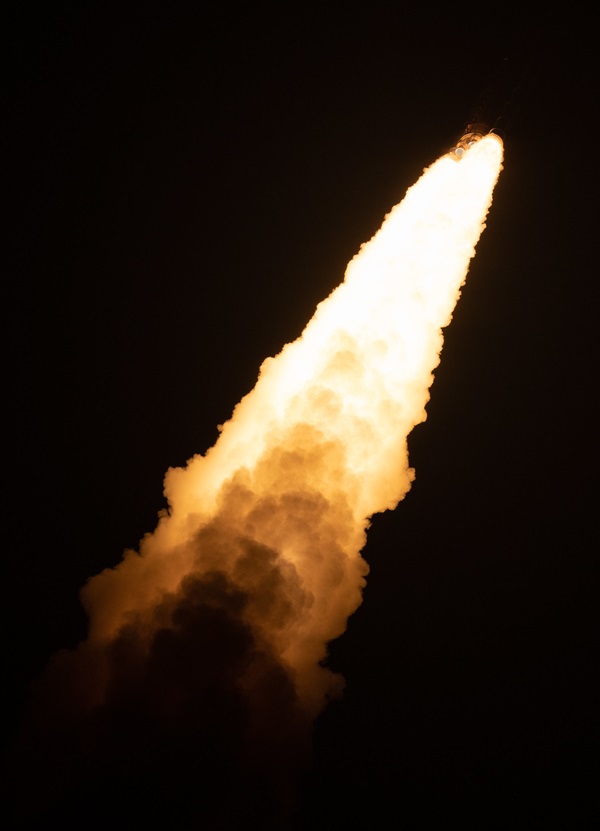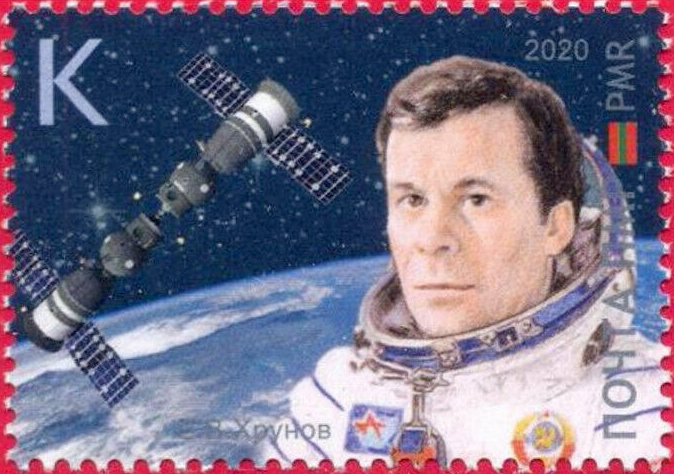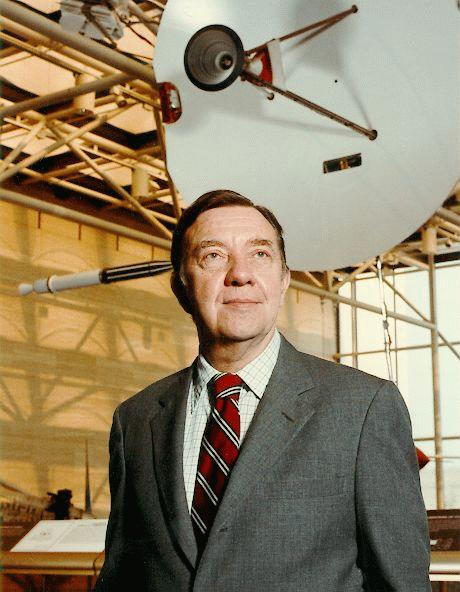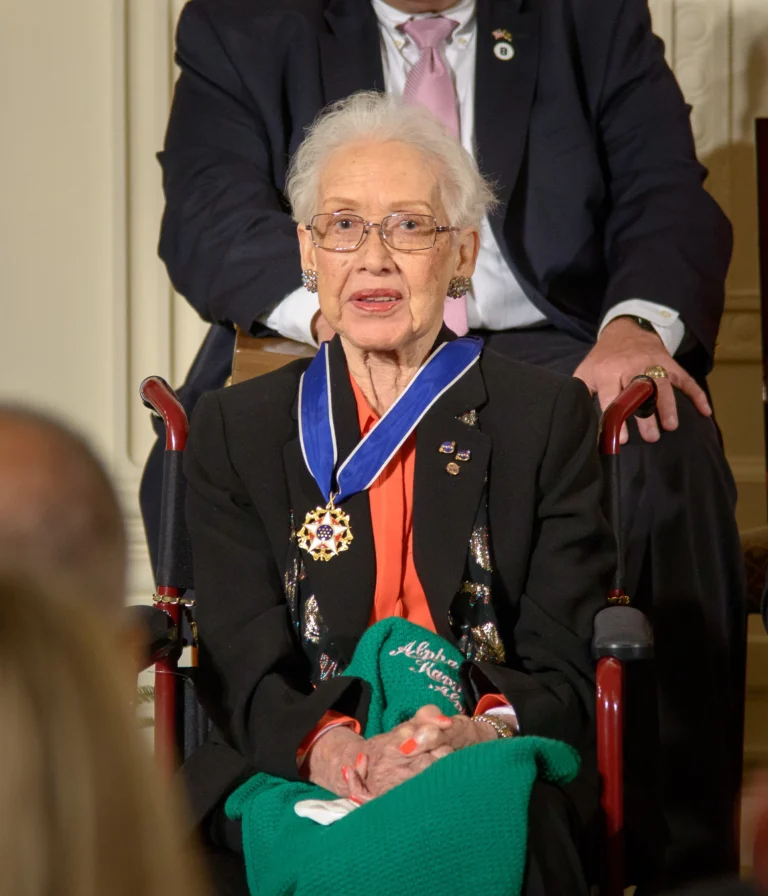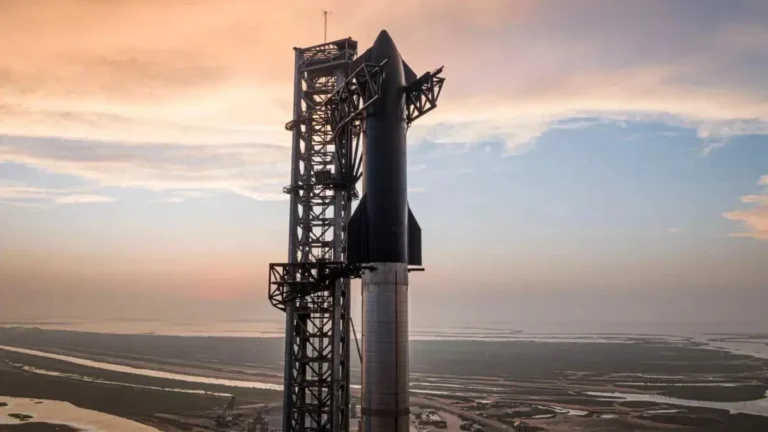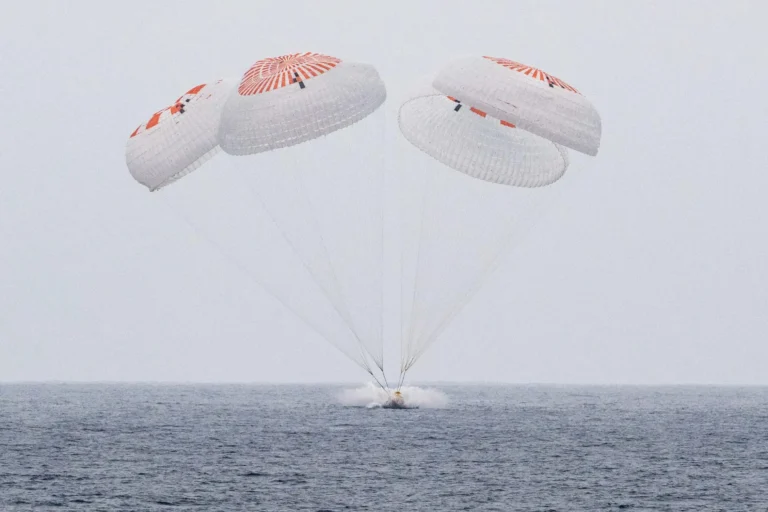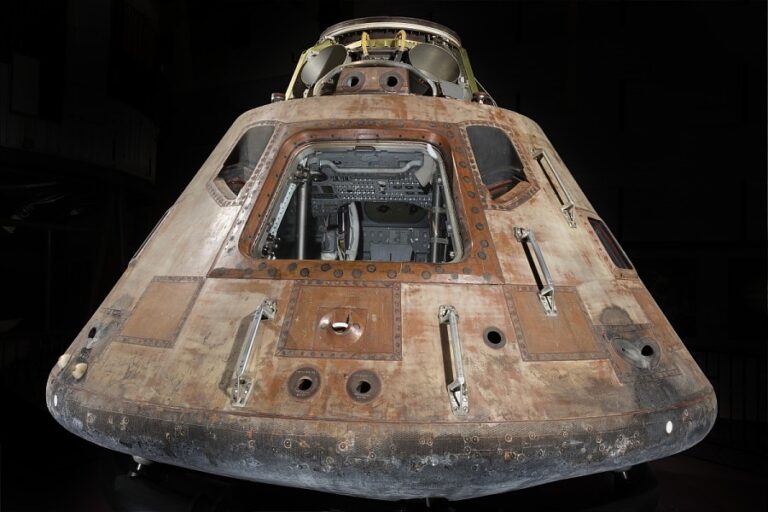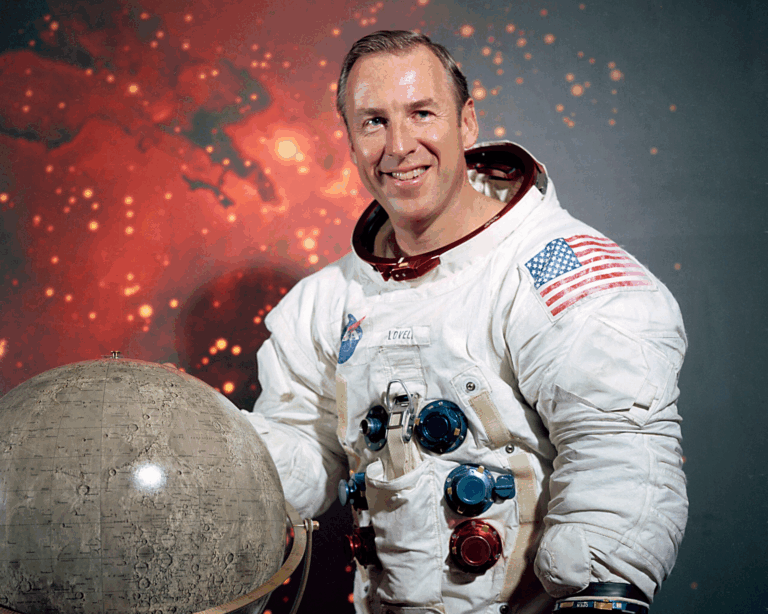Key Takeaways:
From Cocoa Beach to the cruise ship mecca of Port Canaveral, from Space View Park in Titusville to Kennedy Space Center itself, more than 100,000 people are estimated to have witnessed the launch of Artemis 1 in person — and millions more tuned in to watch it online.
Prior to liftoff, RVs, motorcycles, and cars lined the Florida coast. In Titusville, visitors came from all over the country, including one man walking a dog who would only say he was “from Jupiter.” (He didn’t say whether he meant the planet or the city in Florida.) A few lucky visitors Astronomy spoke with even recalled watching the iconic Saturn V rocket blast off from Kennedy Space Center some 50 years prior as part of the Apollo program.
The day Artemis 1 launched (Nov. 16), former astronaut and current NASA Associate Administrator Bob Cabana told Astronomy: “It’s hard for me to compare something that happened so long ago to what we are going to see today. A rocket launch is a true feast for the senses: sight, sound, and feel. Unfortunately for me, I watched the Apollo 13 launch through the viewfinder of my Honeywell Pentax 35mm camera and saw only a tiny little rocket; I didn’t get the full experience.”
The Space Launch System (SLS) of the Artemis program is not a twin of the Saturn V rockets used during the Apollo program. Before SLS launched, Cabana said: “With the solid rocket motors, I imagine it will be much more similar to a shuttle launch, but more impressive because SLS has five-segment solids, not four, and four main engines instead of three. It’s going to get up and go! Riding uphill in the shuttle, one had a phenomenal sense of speed and acceleration, going from 0 to 17,500 mph [28,000 km/h] in 8.5 minutes. I imagine spectators will see — and feel — it even more with SLS.”
Artemis 1 is the first mission in humanity’s effort to send humans back to the Moon for the first time since 1972. Named for Apollo’s twin sister, Artemis will span several missions. Artemis 1 is an uncrewed flight that is testing the technology needed to ferry astronauts to the Moon’s neighborhood. If all goes well, Artemis 2 is expected to send real astronauts around the Moon sometime around 2024. Next, NASA plans to land the first woman and the first person of color on the Moon during Artemis 3 in 2025 — although delays are likely, according to many observers.
Formally established in 2017, the Artemis program is intended to result in a long-term human presence on the Moon, as well as serve as a first step toward Mars. And with Artemis 1 now more than halfway through it’s record-breaking journey, millions of space fans are eagerly looking forward to what the next few years have in store.


